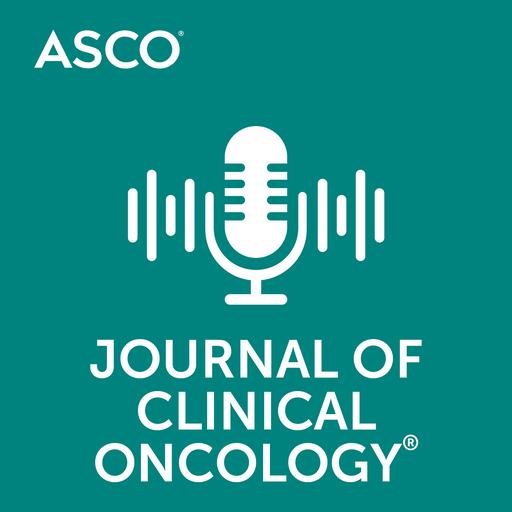
28 Jul 2025 11:00
JCO Article Insights: IMS-IMWG Consensus on High-Risk Multiple Myeloma
In this JCO Article Insights episode, Michael Hughes summarizes “International Myeloma Society and International Myeloma Working Group Consensus Recommendations on the Definition of High-Risk Multiple Myeloma" by Avet-Loiseau et al. published on June 09, 2025 along with an interview with author Dr Nikhil C. Munshi, MD.
TRANSCRIPT
Michael Hughes: Welcome to this episode of JCO Article Insights. This is Michael Hughes, JCO’s editorial fellow. Today I am interviewing Dr. Nikhil Munshi on the “International Myeloma Society and International Myeloma Working Group Consensus Recommendations on the Definition of High-Risk Multiple Myeloma” by Avet-Loiseau et al.
At the time of this recording, our guest has disclosures that will be linked in the transcript.
While some patients with multiple myeloma live for decades after treatment, others exhibit refractory or rapidly relapsing disease irrespective of treatment administered. We term this “high-risk myeloma.” Multiple risk stratification systems have been created, starting with the Durie-Salmon system in 1975 and evolving with the advent of novel therapeutics and novel treatment approaches.
In 2015, the Revised International Staging System (R-ISS) was introduced, which incorporated novel clinical and cytogenetic markers and remained, until recently, a mainstay of risk stratification in newly diagnosed disease. Myeloma as a field has, just in the past few years, though, undergone explosive changes. In particular, we have seen groundbreaking advances not only in treatments - the introduction of anti-CD38 agents and the advent of cellular and bispecific therapies - but also in diagnostic technology and our understanding of the genetic lesions in myeloma.
This has led to the proliferation of numerous trials employing different definitions of high-risk myeloma, a burgeoning problem for patients and providers alike, and has prompted attempts to consolidate definitions and terminology. Regarding cytogenetic lesions, at least, Kaiser et al’s federated meta-analysis of 24 therapeutic trials, published here in the JCO in February of 2025 and recently podcasted in an interview with associate editor Dr. Suzanne Lentzsch, posited a new cytogenetic classification system to realize a shared platform upon which we might contextualize those trial results.
This article we have here by Dr. Avet-Loiseau, Dr. Munshi, and colleagues, published online in early June of this year and hot off the presses, is the definitive joint statement from the International Myeloma Society (IMS) and the International Myeloma Working Group (IMWG). What is high-risk multiple myeloma for the modern era?
The IMS and IMWG Genomics Workshop was held in July 2023 and was attended by international myeloma experts, collaborating to reach consensus based on large volumes of data presented and shared. The datasets included cohorts from the Intergroupe Francophone du Myélome (IFM); the HARMONY project, comprised of multiple European academic trials; the FORTE study, findings from which solidified KRd as a viable induction regimen; the Grupo Español de Mieloma Múltiple (GEM) and the PETHEMA Foundation; the German-Speaking Myeloma Multicenter Group (GMMG); the UK-based Myeloma XI, findings from which confirmed the concept of lenalidomide maintenance; Emory 1000, a large, real-world dataset from Emory University in Atlanta; the Multiple Myeloma Research Foundation Clinical Outcomes in Multiple Myeloma to Persona
